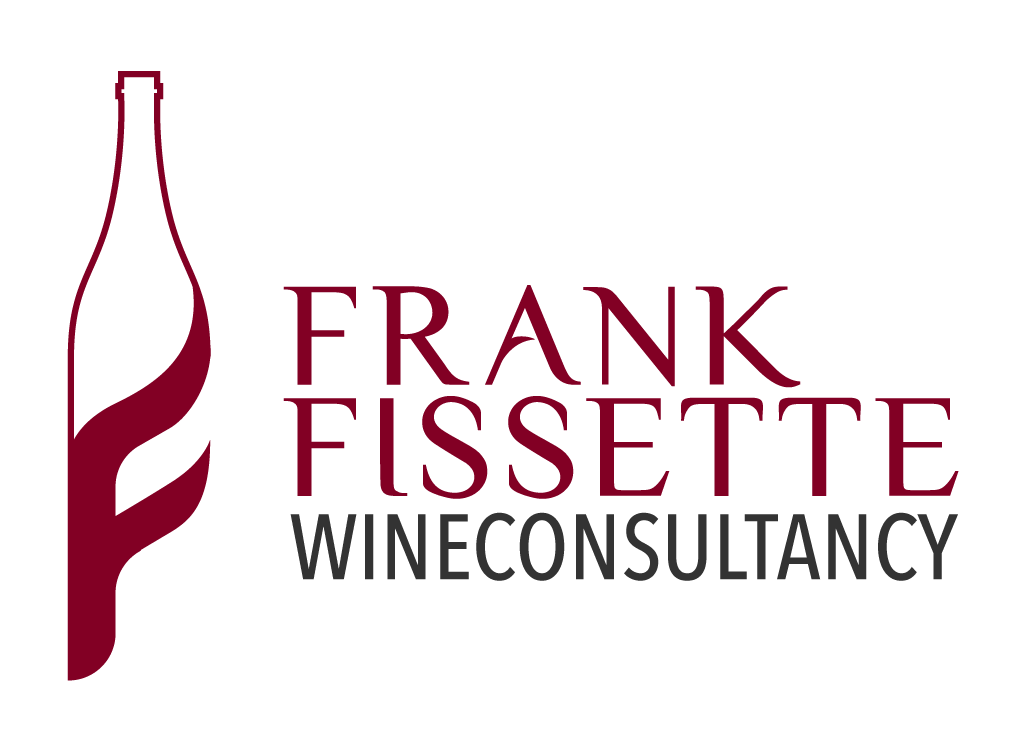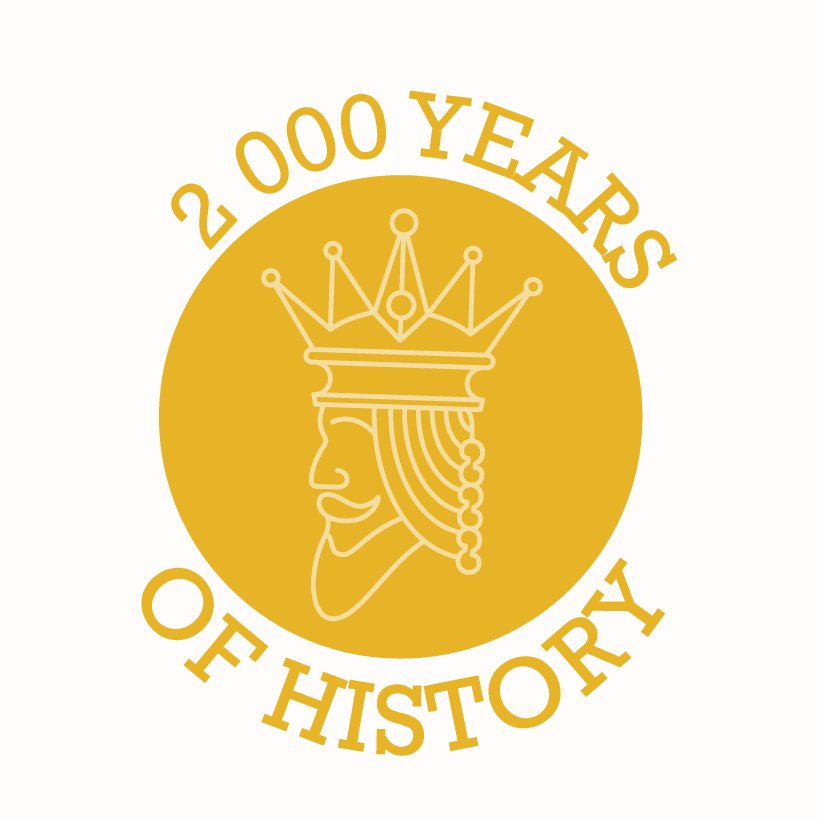LOIRE VALLEY TERROIRS AND AOCS
The earliest references to the concept of terroir appear in mythological texts. Over the centuries, European winegrowers started to improve the ways in which they identified the provenance of their wines – early jar seals, for example, gave precise details about the wine’s origins.
In 1936, French winegrowers devised the Appellation d’Origine Contrôlée (AOC) system; the following year saw the creation of the Institut National des Appellations d’Origine (INAO) to formalise it. These days, we are experiencing a downturn in wine consumption and fierce competition from abroad; this makes it more important than ever to emphasise the importance of terroir. Only by recognising the value of terroir is the consumer safe from being offered only highly standardised, oenologically perfect wines – with no soul
The one objective of these wines is to be universally acceptable – with no variations from one year to the next or from one place to another. Terroir-driven wines offer a more emotive tasting experience, as they reflect the inextricable link between soil, climate, varietal – and man’s expertise.
SOILS AND SUBSOILS
The Loire Valley vineyards are distinctive for the diversity of their natural environments, a result of the wide range of soils and subsoils present :
The Pays Nantais is made up of igneous and metamorphic rock from the Massif Armoricain, with chiefly gneiss, mica schists, greenstone and granite.
In Anjou the subsoil is mainly slate, sandstone and carboniferous schists as well as volcanic rock, all originating from the Massif Armoricain.
Between Angers and Saumur we see the transition between the older bedrock to the west and the sedimentary basin to the east.
In the Saumurois and Touraine, the subsoil is made up of tuffeau limestone, sand and siliceous clay from the Paris Basin. The terraces bordering the Loire and the Vienne comprise sand and pebbles, smoothed to roundness by the action of the water and deposited here over the years.
This geological diversity contributes to the presence of a wide range of different soil types, all with varying exposures. This influences both the grape variety grown and the growers’ choice of agricultural practice. It also touches on the idea of terroir, which is so very important in the Loire.
MICROCLIMATES
The Loire and its many tributaries have a significant moderating effect on the vineyards. By creating a large range of microclimates all of which promote vine growth, they contribute to the wide diversity of the region’s wines. They also have a buffer effect, which is crucial notably for the production of rich, sweet wines.
In the Nantes vineyards, oceanic influences temper seasonal variations. Autumns and winters are mild, while summers are hot and often very humid.
The Anjou vineyards enjoy an oceanic climate with mild winters, hot summers, plenty of sunshine and small variations in temperature. Some of the very dry microclimates promote the growth of Mediterranean plant life.
In the Saumur vineyards, the hills provide a barrier to winds blowing from the west; the climate becomes semi-oceanic and seasonal variations are more pronounced.
The vineyards of Touraine are at the crossroads of oceanic and continental influences.
2,000 years of history
The history of the Loire Valley and its wines is inextricably linked with the history of France itself. With the exception of the Pays Nantais whose vineyards were planted by the Romans, winegrowing in the Loire region first began around the 5th century. From the 9th to the 12th centuries, monastic life featured significantly in the development of the vineyards, while the enthusiasm of the kings of France for this area and all it had to offer also played a major part in its growth.
IN THE BEGINNING
The Nantes vineyards were planted by the Romans over 2,000 years ago. Their fame spread quickly: as early as the 1st century, Pliny the Elder wrote of the existence of vineyards on the banks of the Loire. But it was not until the 5th century that winegrowing in the Loire really began to take off. The first mention of vineyards in Sancerre and Touraine was made by in 582 by Grégoire de Tours. The new vineyard around Château de Chalonnes was created as a result of a joint effort by the Count of Anjou and the Catholic authorities.
Over the centuries that followed, the influence of the Augustine and Benedictine monks was a major factor in the development of the different vineyards. The monks not only grew the vines, but knew how to make the best use of the many channels of communication available in the Pays Nantais. The Sèvre and Maine rivers and Goulaine marshlands gave excellent access to the Loire, complementing the existing Roman roads. The vineyards extended all the way along the river from the Fiefs Vendéens created in the 9th century to Saint-Pourçain in Auvergne. At that time, travel along the roads was hazardous at best. Travelling along the Loire was a much safer option, promoting business and encouraging the development of vineyards on both sides of the water.
THE RISE OF THE LOIRE VALLEY VINEYARDS
The Angers vineyards experienced major expansion when Henry II Plantagenet, Count of Anjou, became king of England in 1154. He allowed only Anjou wines to be served at court, a custom continued by his successors, John Lackland and Henry III. So for almost a thousand years, the crowned heads of France and England helped spread the fame of the Loire and its wines. Capets, Plantagenets and later the House of Valois all contributed to promoting the Royal Vineyards, from the Court to the Châteaux on the Loire. From the middle Ages until the 15th century, the growth of winemaking around the towns of Angers, Saumur and Orléans was driven by the bourgeoisie; they succeeded in overturning the Banvin Law which stipulated that only the Seigneurs were permitted to trade wine.
In 1532, François I authorised the Estates of Brittany to retain their foreign trading rights at the border at Ingrandes; as a result, Loire Valley wines experienced yet another rise in popularity. In addition to export trading, the Loire also focused on introducing new varietals. In the 16th century, François Rabelais referred in his writings to Chinon wines made from the Breton grape (Cabernet Franc) native to the South-West but which had come by river to the Nantes region. At around the same time, the author’s work also mentions the Chenin grape; and it was also around now that Folle Blanche made its appearance. This varietal with its thick, fleshy rootstocks produces a wine - called Gros Plant- which reflects its robust appearance,. Meanwhile, Dutch traders based in Nantes made efforts to search out wines suited to the needs of their customers – and again, rural viticulture in the Sèvre-et-Maine and Layon Valleys and the Saumur region as far as Vouvray experienced a boom, which lasted well into the19th century.
GROWTH COMES TO A STANDSTILL
In 1709, severe winter weather struck the vineyards. Temperatures plummeted to -20°C, barrels exploded and the ocean froze all along the coastline. The Melon de Bourgogne grapes, however, bravely resisted the weather, as if thanking the region for its hospitality. The grapes were turned into a characterful wine known as Muscadet. The French Revolution had a devastating effect on the Loire Valley vineyards -especially the area around Anjou and Nantes, the backdrop to the Wars of the Vendée.
The development of new modes of transport, notably railways, brought the Loire vineyards into direct competitionwith wines from the south. They continued, however, to produce high quality wines – until they were stopped in their tracks by the phylloxera crisis. This grapevine pest, originally from America, attacked the roots of the vines and succeeded in destroying a major proportion of the vineyards.
RECOGNITION FOR THE LOIRE VALLEY VINEYARDS
Once the crisis was over, quality became a major focus, leading the creation of some of the most famous appellation. These were officially recognised in 1936 as Appellations d’Origine Contrôlée. And finally, in 2000, the Loire Valley between Sully-sur-Loire and Chalonnes-sur-Loire was classed as a UNESCO World Heritage Site.
Noted for the quality of its architectural heritage, with historic towns and world-famous Châteaux, the Loire Valley is recognised as a site of special cultural interest. It has been a meeting point for an array of human values, and is testament to the development of a natural synergy between man and his environment across two thousand years of history.
Source: vinsvaldeloire.fr








